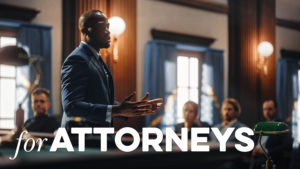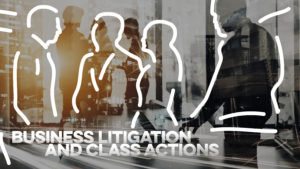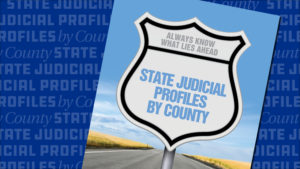USLAW NETWORK Foundation proudly announces 12 recipients of the 2024 USLAW NETWORK Foundation Law School Diversity Scholarship… Continue Reading
Covering Your Assets: A Primer on Asset Protection
POSTED JANUARY 4, 2016
Written by Stephen J. Bahr, H. Joseph Price, Jr., and Matthew T. Kincaid of Dysart Taylor Cotter McMonigle & Montemore, PC for the 2015 Fall/Winter issue of USLAW Magazine.
This article will ask you to imagine that the unthinkable has just happened to you. For the last two years, you have been a defendant in a lawsuit along with the other shareholders in your business, Acme Manufacturing, Inc. Your working capital lender required all of Acme’s major shareholders to sign personal guarantees of the corporate debt. Business was good for a while, but the fallout following the financial crisis of 2008 was too much for the business to survive and in 2012, Acme defaulted on the loan. The lender foreclosed and obtained judgments against all of you.
That was bad enough. Over the last few months however, you have come to realize that the lender has chosen to proceed only against you rather than any of the co-guarantors. Your attorney has explained to you that the liability from the guarantee is joint and several so the lender has the right to collect its debt from any one or more of you. In an effort to cheer you up, your attorney says that you have rights of contribution against your fellow co-guarantors so that after you pay the entire debt to the lender, you may recover a pro rata share from all of them.
That makes you feel a little better until you ask your attorney why the lender chose to proceed only against you. “Oh that’s easy,” he says. “All of the other co-guarantors took steps to make collection of a debt against them difficult. You didn’t do anything to protect yourself. It’s nothing personal, the lender just made a rational decision on who would be easiest (and least expensive) to pursue.”…READ MORE.











